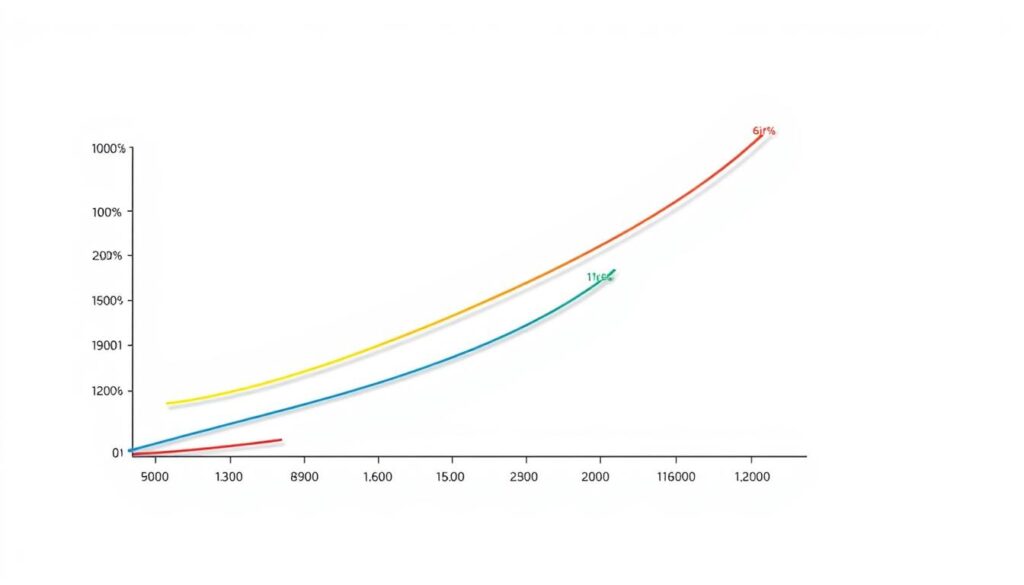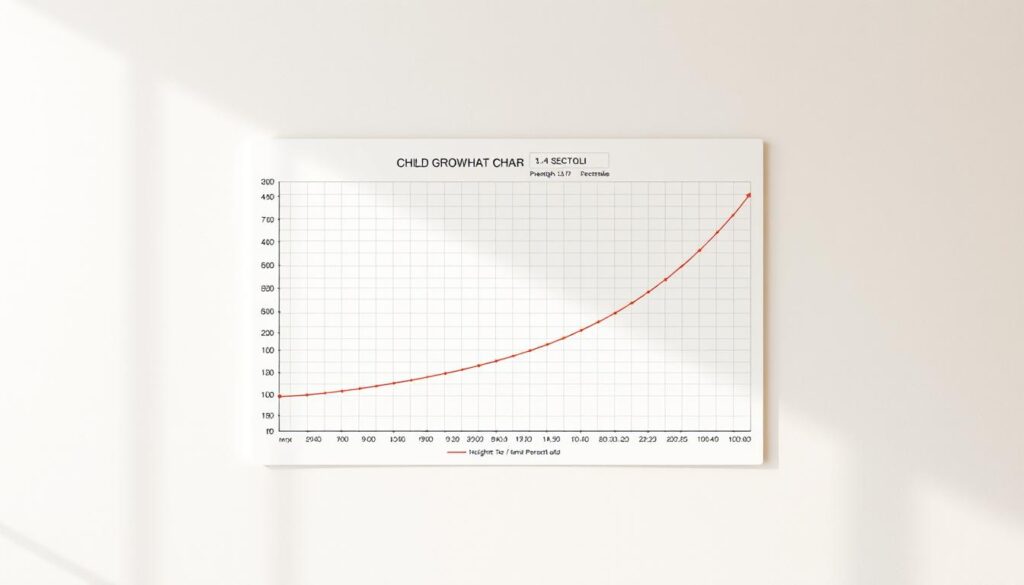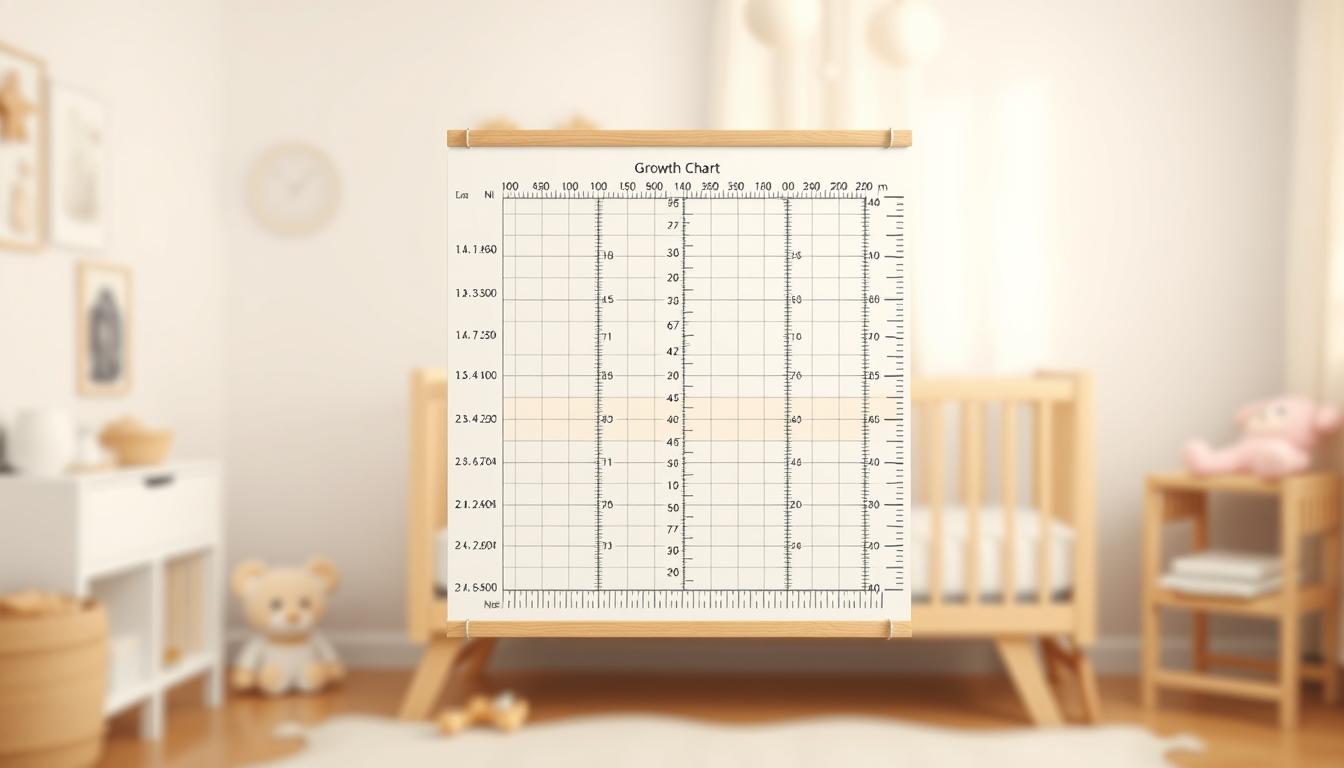What if a simple measurement could reveal critical insights about your little one’s development? While many parents track milestones like first steps or words, fewer realize how body mass index plays a role in understanding a child’s health trajectory. Our tool simplifies this process for families with infants and toddlers.
Designed specifically for ages 0-5, this resource goes beyond basic weight-to-height ratios. It calculates percentiles using trusted CDC growth charts, comparing results against national averages for the same age and sex. Unlike adult-focused tools, it accounts for rapid developmental changes during early childhood.
Accuracy matters. Even small errors in measurements can skew results, which is why we emphasize precise data input. Healthcare providers rely on these metrics annually to spot trends – and now you can too. Our system categorizes outcomes into clear ranges, from underweight to healthy weight, helping families make informed decisions.
Key Takeaways
- Specialized tool evaluates growth patterns for infants and toddlers up to age 5
- Uses sex-specific percentiles to compare against national averages
- Requires exact height and weight measurements for reliable results
- Distinct from calculators meant for older kids or adults
- Supports early detection of potential health concerns
- Backed by CDC-approved growth chart data
Understanding Early Childhood BMI and Health
Tracking a child’s physical development involves more than marking height on a doorframe. Body mass index (BMI) offers a scientific approach to evaluate how a young child’s weight relates to their height. Unlike adult measurements, this metric considers rapid growth phases and biological differences between boys and girls.

What Is Body Mass Index for Young Children?
For kids under five, BMI is calculated using weight and height measurements adjusted for age and sex. The formula remains the same as for adults—weight divided by height squared—but results are plotted on sex-specific growth charts. These charts, developed by the CDC, show how a child compares to others of the same age and gender.
| Age Group | BMI Calculation | Primary Use |
|---|---|---|
| 0-5 years | Weight/height² + age/sex adjustments | Growth pattern analysis |
| 6+ years | Weight/height² | General health screening |
“Growth charts are the roadmap for pediatric health. They help us identify trends that might signal nutritional issues or metabolic risks.”
The Importance of Tracking Growth and Development
Regular monitoring helps spot unusual patterns early. A child in the 90th percentile for BMI, for instance, may need dietary adjustments. National guidelines recommend using tools like our body composition analysis alongside professional checkups.
Three key factors ensure accurate tracking:
- Consistent measurement techniques
- Age-appropriate growth references
- Regular updates to account for growth spurts
Parents should focus on trends rather than single measurements. A temporary dip or spike might reflect normal developmental changes rather than long-term health concerns.
How Our BMI calculator for children under 5 Works
Navigating childhood growth patterns becomes clearer with precise tools. Our system transforms measurements into actionable insights through a three-step process designed for accuracy and clarity.

The Data Input Process and Calculation Steps
Parents start by entering three critical details: birth date, biological sex, and exact measurements. Precision matters—weight must be recorded to the nearest ounce and height to the nearest eighth-inch. Our algorithm then:
- Adjusts raw numbers for age in months
- Applies CDC-approved formulas to determine mass-to-height ratios
- Compares results against national growth standards
This automated process eliminates manual errors while accounting for developmental nuances in early childhood. Measurements convert into standardized scores within seconds.
Interpreting Percentiles and Growth Categories
Results display as percentile rankings and color-coded classifications. A 75th percentile score means a child’s measurements exceed 75% of peers. Our system groups outcomes into four ranges:
| Percentile Range | Classification | Recommended Action |
|---|---|---|
| Below 5th | Underweight | Consult pediatrician |
| 5th – 85th | Healthy | Continue monitoring |
| 85th – 95th | Overweight | Review nutrition |
| Above 95th | Obese | Medical evaluation |
Visual graphs show historical trends, helping families spot gradual changes. We flag measurements outside typical ranges while emphasizing that single readings don’t define health. Regular checkups with healthcare providers remain essential for comprehensive care.
Child Health Insights and Supportive Resources
Nurturing lifelong health habits begins during early childhood. While growth measurements provide valuable snapshots, they gain meaning when paired with actionable strategies. This section explores how families can combine expert guidance with practical tools to support their child’s development.
Building Foundations Through Daily Habits
Active play and balanced meals form the cornerstone of healthy development. For toddlers, this might mean:
- 60 minutes of unstructured play daily (e.g., dancing, climbing)
- Colorful plates with 5+ vegetable varieties weekly
- Consistent sleep schedules supporting 11-14 hours of rest
| Age | Activity Ideas | Portion Sizes |
|---|---|---|
| 1-2 years | Ball play, push toys | 1/4 adult serving |
| 3-5 years | Obstacle courses, swimming | 1/3 adult serving |
“Food preferences established before age five often persist into adulthood. Make every bite count with nutrient-rich choices.”
Partnerships in Pediatric Care
Pediatricians analyze growth patterns across multiple visits to identify trends. They consider:
- Consistency of percentile rankings over time
- Family health history
- Developmental milestones
Programs like the CDC Family Healthy Weight Program offer structured support for families needing specialized guidance. These evidence-based initiatives combine nutritional education with physical activity plans.
Essential Tools for Informed Families
We recommend these trusted resources:
| Resource | Purpose | Source |
|---|---|---|
| MyPlate for Kids | Meal planning | USDA |
| Play Every Day Guide | Activity ideas | American Heart Association |
Remember: Our measurement tool provides initial insights, but ongoing dialogue with healthcare professionals ensures comprehensive care. Schedule regular check-ups to discuss your child’s progress and address any concerns promptly.
Conclusion
A child’s first five years lay the groundwork for lifelong well-being, making growth monitoring essential. Our specialized tool helps families track mass-to-height ratios using age-adjusted calculations and sex-specific comparisons. By translating precise measurements into percentile rankings, it reveals how boys and girls compare to national averages for their age group.
Accuracy drives reliable insights. Even minor errors in weight or height inputs can alter results, so always use verified measurements. Percentiles act as guideposts—not final judgments—highlighting trends that merit discussion with pediatricians.
While this resource simplifies growth pattern analysis, it complements rather than replaces medical expertise. Healthcare providers interpret data within broader contexts like family history and developmental milestones. For detailed guidance, review growth assessment standards and maintain regular check-ups.
Prioritize open dialogue with care teams. Combine our tool’s actionable feedback with professional advice to nurture healthy habits early. Together, we can support every child’s journey toward reaching their full potential.

